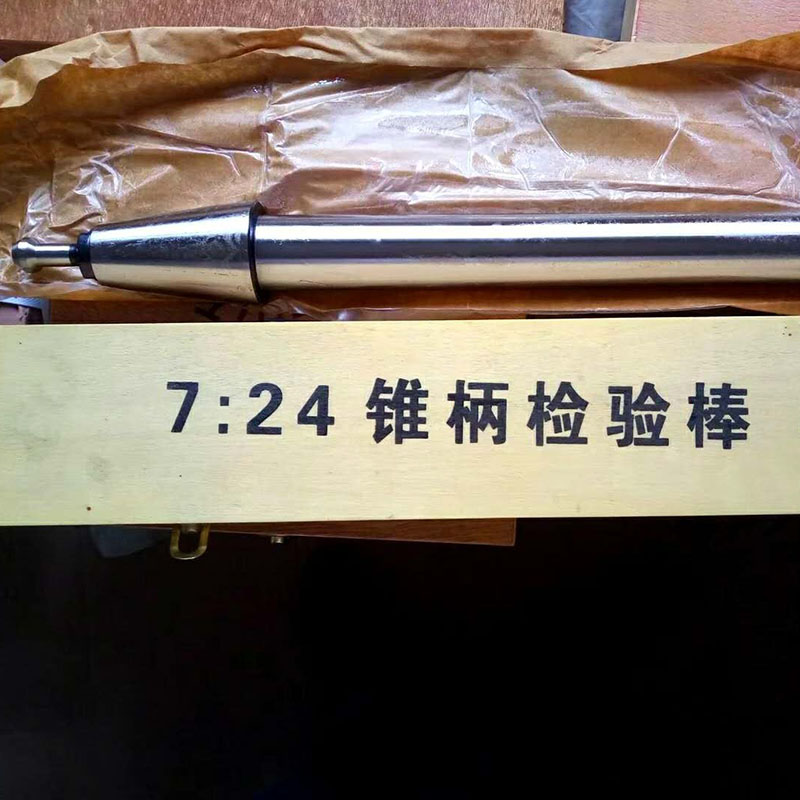Dek . 06, 2024 11:50 Back to list
Understanding the Mechanism of Opening a Butterfly Valve for Efficient Flow Control
The Butterfly Valve A Crucial Component in Fluid Control Systems
In the realm of industrial processes and fluid control systems, the butterfly valve plays a vital role. Its unique design, efficiency, and functionality make it an invaluable component in various applications, from water treatment plants to chemical processing. This article explores the principles, advantages, and operational aspects of butterfly valves, with a specific focus on the opening mechanism, which is crucial for regulating the flow of fluids.
Understanding the Butterfly Valve
A butterfly valve is a quarter-turn rotational valve that uses a disc to regulate and control the flow of fluids. The disc is mounted on a shaft, and when the valve is opened, the disc rotates to allow fluid to pass through. Conversely, when the valve is closed, the disc is positioned perpendicular to the flow, effectively blocking the passage. This simple yet effective mechanism contributes to the butterfly valve's popularity across different industries.
Mechanism of Opening
The opening of a butterfly valve is achieved through the rotation of the disc. When the actuator, which can be either manual (hand-operated) or automatic (pneumatic or electric), is engaged, it initiates rotation of the valve shaft. The disc then turns from a closed position to an open position with a quarter turn. This mechanism allows for quick and efficient flow control, making the butterfly valve particularly suitable for applications that require rapid adjustments.
The design ensures that the valve can reach its fully open position with minimal effort, reducing wear and tear on both the valve and the actuator. The ability to achieve a full opening with just a quarter turn makes butterfly valves an efficient choice for space-constrained installations.
Advantages of Butterfly Valves
butterfly valve open

Butterfly valves offer several advantages that make them a preferred choice in many situations. First and foremost is their compact design, which allows for easy installation and maintenance. Unlike other types of valves that may require significant space, butterfly valves can fit into tight spaces without compromising performance.
Additionally, butterfly valves are lightweight compared to other valve types, such as gate valves or globe valves. This lightweight nature makes them easier to handle, install, and replace, thus reducing labor costs.
Efficiency is another key benefit. The streamlined design of the butterfly valve minimizes the pressure drop across the valve when it is fully open, allowing for smooth fluid flow. This characteristic is particularly advantageous in systems where maintaining pressure is critical.
Applications of Butterfly Valves
The versatility of butterfly valves allows them to be utilized in a wide range of applications. In the water and wastewater industry, they are commonly used for isolation and throttling, controlling the flow of liquids in pipelines. In HVAC systems, butterfly valves regulate airflow in ductwork, ensuring optimal temperature control.
Moreover, butterfly valves find their use in the oil and gas sector. They are employed in pipelines to manage the flow of different substances, ensuring safety and efficiency. Their ability to handle various media, including gas, liquids, and slurries, further expands their applicability in industrial settings.
Conclusion
In summary, the butterfly valve is an essential component in modern fluid control systems. Its effective opening mechanism, combined with its lightweight design and efficiency, makes it a reliable choice for various applications across multiple industries. As the demand for more efficient and space-saving solutions continues to grow, the butterfly valve remains at the forefront, proving its worth in managing the flow of fluids with precision and reliability. Whether in water treatment, HVAC systems, or industrial processes, the butterfly valve’s influence is profound and indispensable. As technology advances, we can expect further improvements in valve design and operational capabilities, solidifying the butterfly valve's position as a cornerstone of fluid control engineering.
-
Why Metric Trapezoidal Thread is Ideal for Precision Motion ControlNewsAug.05,2025
-
The Unique Properties of a Block of Granite for Industrial UseNewsAug.05,2025
-
The Role of Flanged Y Strainers in Preventing Pipeline ClogsNewsAug.05,2025
-
The Importance of Regular Calibration for Master Ring GagesNewsAug.05,2025
-
How a Cast Iron Surface Table Enhances Accuracy in ManufacturingNewsAug.05,2025
-
Comparing Different Check Valve Types for Optimal Flow ControlNewsAug.05,2025
Related PRODUCTS









